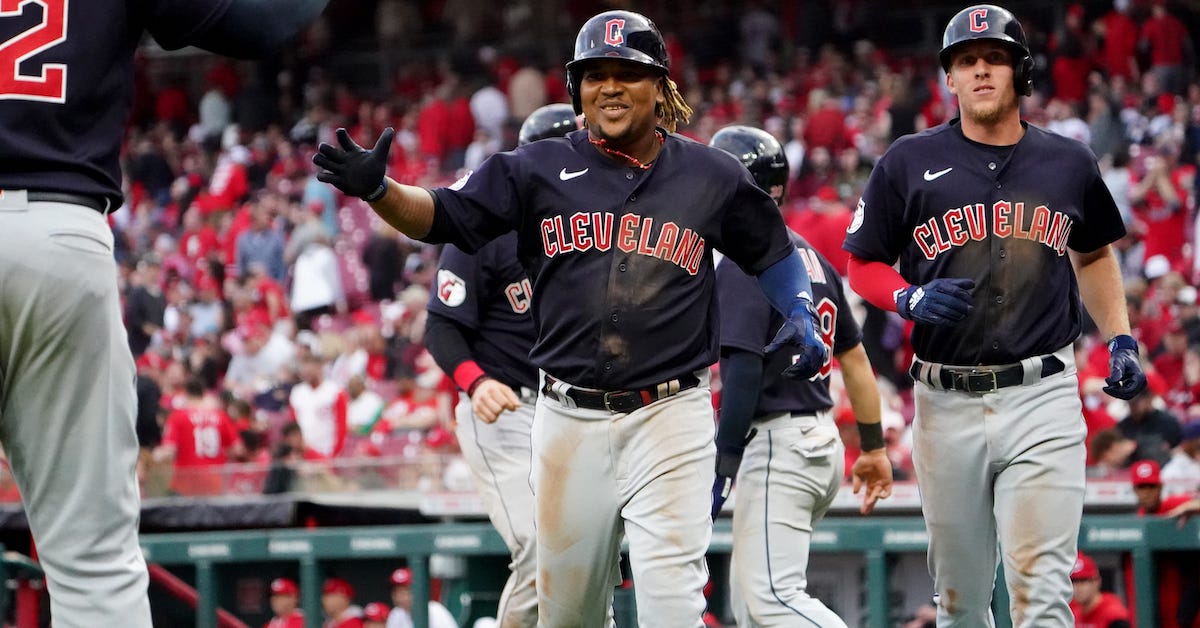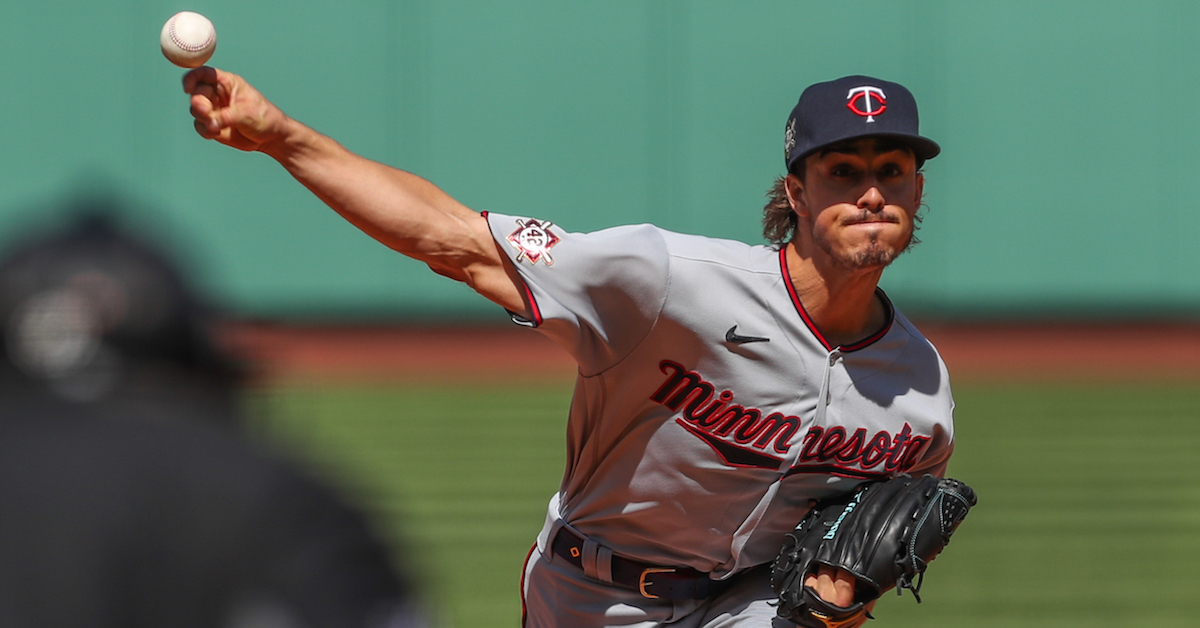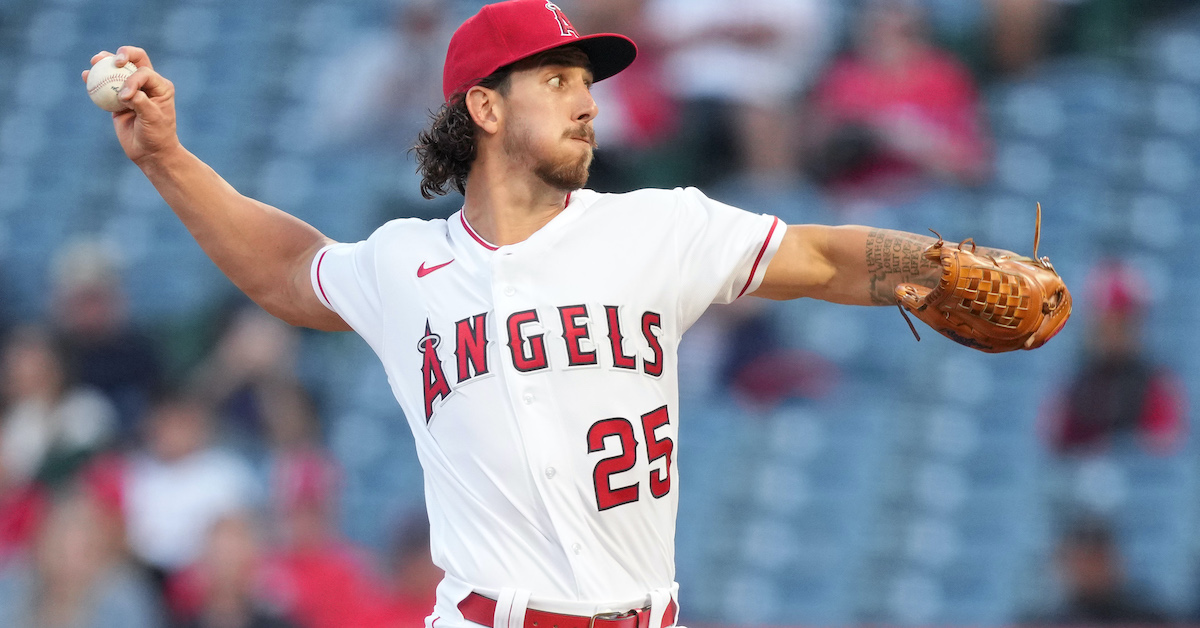José Ramírez Is on Quite a Run

Matt Olson isn’t the only recent recipient of a contract extension who’s off to a ridiculously hot start. The Guardians’ José Ramírez is putting up even more eye-opening numbers than Olson, and he added to those with a grand slam and an RBI double against the White Sox during a Wednesday doubleheader, driving his season total to 20 — in 11 games!
I generally don’t care about RBI totals much, particularly since I’m more than a decade removed from my days of playing fantasy baseball. You might not care much about them, either, having grown to appreciate the modern-day cornucopia of statistics that do a better job of measuring batter skill. But hey, we’re just two weeks into the season, and with none of the stats under discussion having stabilized, it’s a good time just to appreciate extremes of performance while connecting them to more solid truths. Ramírez’s incredible hot streak provides us a good opportunity to appreciate the player before us (and I promise you, I won’t spend the entire piece rambling about ribbies).
And so here we are. In Wednesday’s opener, the Guardians piled 10 runs on White Sox starter Dallas Keuchel, one in the first and then nine in the second, during which the Chicago lefty failed to retire any of the 11 batters he faced. A pair of errors by shortstop Tim Anderson didn’t help, and neither did manager Tony La Russa’s apparent desire to avoid going to his bullpen so early. Ramírez, the sixth batter of the inning, unloaded on a center-cut cutter that turned a 3–0 game into a 7–0 one:
Man, that ball got outta here in a hurry, which will happen when you hit one with an exit velocity of 111.6 mph. It was Ramírez’s fourth homer of the season, and his second grand slam; he hit his first one off the Reds’ Daniel Duarte in the ninth inning of an April 12 game, that while batting left-handed:
Beyond the slam, Ramírez didn’t get another hit in the first game, an 11–1 rout. He went 1-for-3 with an RBI double and a walk in the nightcap, a 2–1 win by Cleveland. Read the rest of this entry »







